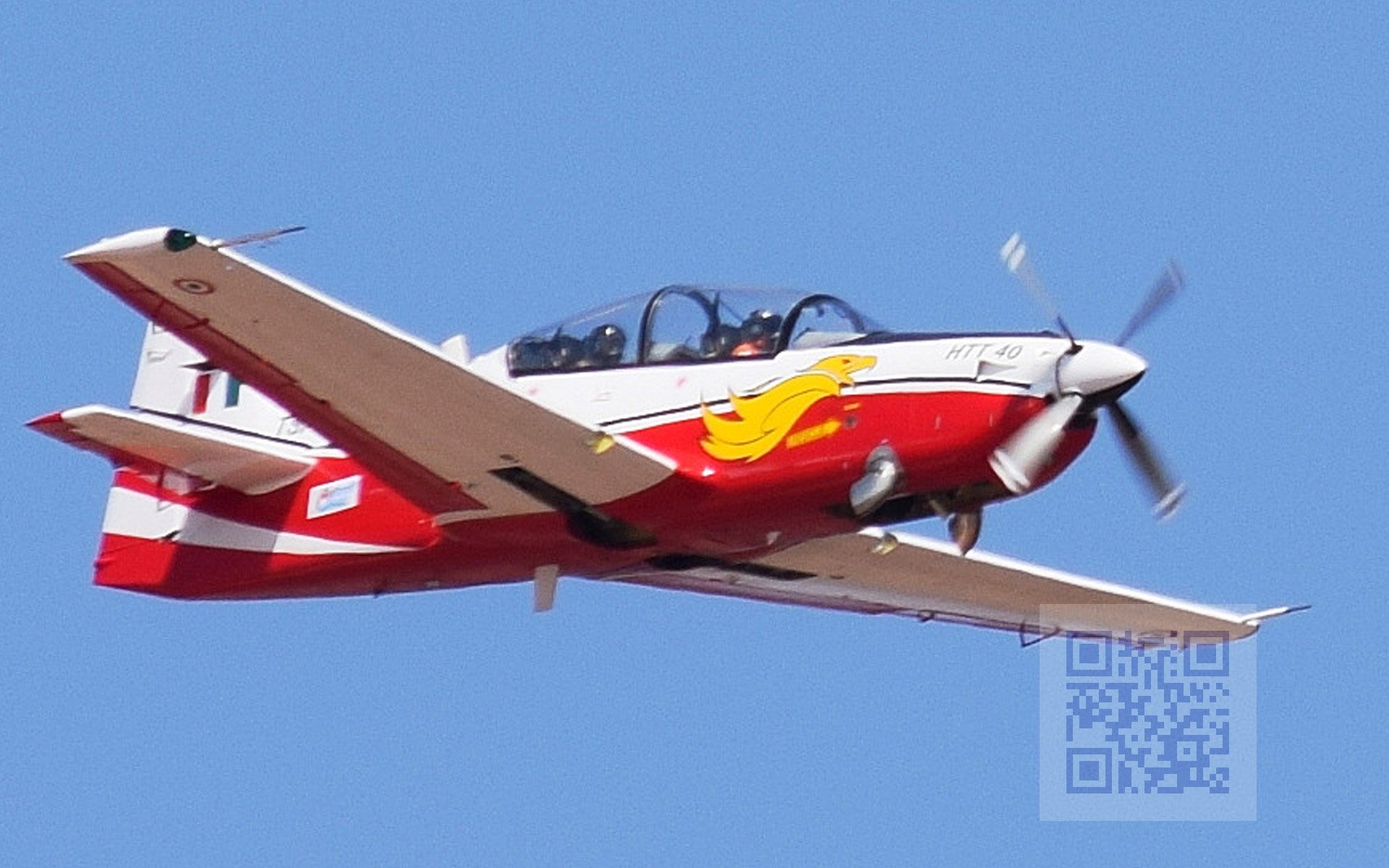After a series of mishaps in the pilot training exercises conducted by the Indian Air Force (IAF) on the technologically obsolete HPT-32 ‘Deepak’ and HJT-16 ‘Kiran’ aircraft, the Hindustan Aeronautics Limited (HAL) has offered to develop an advanced trainer as a replacement for the IAF.
This single-engine aircraft can be delivered in six years and will be called Hindustan Turbo Trainer — 40 (HTT-40).
The Indian Defence Ministry has decided to take immediate measures to bail IAF out of its current crisis and is currently reviewing the possibility of an off-the-shelf acquisition of trainers and a simultaneous development of the new HTT-40 trainer by HAL.
The estimated requirement by the IAF is about 200 trainers.
For the development of the new turbo trainer, HAL will collaborate with an international partner for its design and manufacture.
HAL has sent out a Request for Information (RFI) to firms like Embraer, Pilatus, Raytheon, Finmeccanica, Grob Aircraft Company, and Korea Aerospace Industries.
These companies already have a credible track record in the design and manufacture of turbo trainers.
The RFI is for 200 aircraft with HAL being the sole worldwide manufacturer.
Of the six recipients of the RFI, four firms including Embraer with its 312 Tucano, Pilatus with its PC-21 trainer, Raytheon’s T-6 Texan, and the KT-1 by Korea Aerospace Industries seem like the major contenders.
Although HAL has the capacity to indigenously produce a basic turboprop trainer which can satisfy the IAF, HAL’s project delays may only add to the plight of the IAF.
However, HAL officials said that they hope to finalize the trainer’s specifications and a partner by March 2010.
HAL officials are confident of delivering the HTT-40 trainer and have pointed out the successful development of the Intermediate Jet Trainer (IJT), which will replace the HJT ‘Kiran’ as a Stage-2 trainer.
This new trainer, called ‘Sitara’, is powered by a custom-designed AL-55I engine from Russia, and the first trainer from the production line is scheduled to fly next week.
As for the IAF, it has sent out its qualitative requirements to HAL and these include a trainer with good spin characteristics, a reliable turboprop engine, an ejection seat, a glass cockpit, a retractable undercarriage, modern navigational equipment, and a global positioning system.
The IAF has also requested an interchanging of the trainer’s cockpit layout with the instructor seated on the left and the trainee pilot on the right

